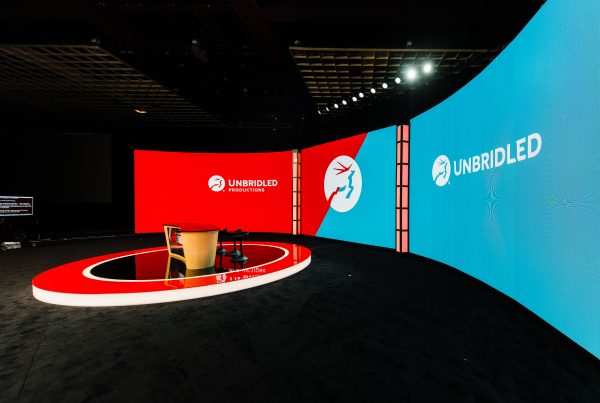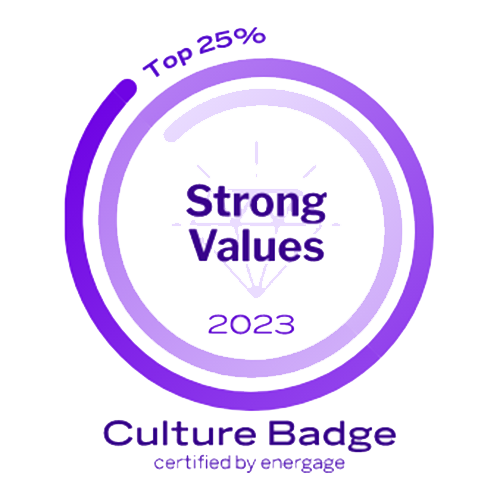Before the pandemic, attending events in person was just the natural order of a gathering. But a lot has changed in the last two years. As event tech quickly evolved to meet the demands of at-home attendees tempted by the internet and personal distractions, keeping guests engaged became vital to the survival of the industry.
While the return of the in-person experience was momentous, and for some, emotional, the paradigm of expectation has shifted. There’s risk associated with traveling and gathering, so if people are attending live events—they want it to be meaningful.
How do you create an event your attendees will value? Here are the rules of event attendee engagement for 2022:
1. Make it Inspirational
Whether you packed your roster of speakers with individuals who are diverse and can offer unique world views, or you’re providing educational moments or dynamic ways of delivering content, your attendees want to walk away feeling inspired. This could include creating one-on-one opportunities between attendees and your speakers for deeper engagement.
Virtual and hybrid events taught us that engaging your attendees means thinking like a television producer. Sessions resembling skits or interview-style shows will spark interest, while creating interactive experiences through gamification and in-app engagement can be done in-person as well as virtually.
2. Look to the future
Tackling events like a futurist has taken on new meaning since the pandemic—and tracking all the ways the world has changed and how that impacts your events is integral to any good strategy.
This could mean experimenting with technologies like holograms or virtual reality, which can create an immersive and fun experience while also introducing new ways attendees can interact with content.
Another way to look into the future is through a lens of compassion and awareness. Make sure your event follows sustainable practices and is socially responsible—and involve your attendees in that mission through a cause they can get behind.
Ask yourself: What matters to my attendees?
And then, be ready for change.
3. Create incentive events
By launching an incentive program, you can inspire your employees by showing them you care about them and appreciate all that they do. This is especially important with so many people working from home. By bringing your employees together for an event, you can reconnect them in a physical space. Wellness retreats or fairs are a great way to foster work relationships while also prioritizing attendees’ mental and physical health.
4. Let your attendees connect
One of the main reasons people attend events is to network. If they’re too busy attending session, after session, after session, that leaves little room for making those connections.
What does this mean? Don’t jampack event schedules. In between sessions, create opportunities for people to meet, share ideas, and engage. In that vein, utilize innovative ways for people to connect with one another.
By embracing event tech during the pandemic, we now have new tools to encourage and amplify attendee connections. Using in-event apps to bring attendees together based on their similar interests is one example of how technology can help foster event networking. By being mindful and creating experiences that bring people together through games, geocaching, or more intimate one-on-one meetups, you’re being inclusive of different personality types while also helping to build relationships.
5. Embed accessibility into all events moving forward
This means your event should be accessible to all your attendees. You can do this by implementing closed captioning and ASL interpreters during sessions, as well as by providing ramps, a venue with elevators, and space in crowded conference rooms for any attendees with reduced mobility. This also means considering those who are visually impaired, providing gender-neutral restrooms, and addressing dietary restrictions.
6. Keep Safety in Mind
Everyone has different levels of comfort, so even with pandemic restrictions easing, you need to ensure your attendees feel safe. People now assess their level of risk differently, and with more awareness. To accommodate for this, offer socially distanced event seating for individuals who still aren’t comfortable sitting in a packed room. You can also ensure hallways don’t get packed by creating different entryways into a session, or plan for different phases of entry. Digital check-ins are another great way to avoid pileups that make social distancing difficult. Hand sanitizer stations should be an event mainstay, or else fun-sized bottles can be given out to guests when they arrive.
7. Don’t Forget the Lessons Learned
The corporate event industry had to adapt quickly in the face of shifting priorities, advancing event tech, and a world where sustainability and social responsibility has become increasingly important to recognize and implement. Now more than ever, engaging your audience means you must be thinking about what your attendees want to experience, and how you can deliver it in a way that’s profound—now and into the future.










